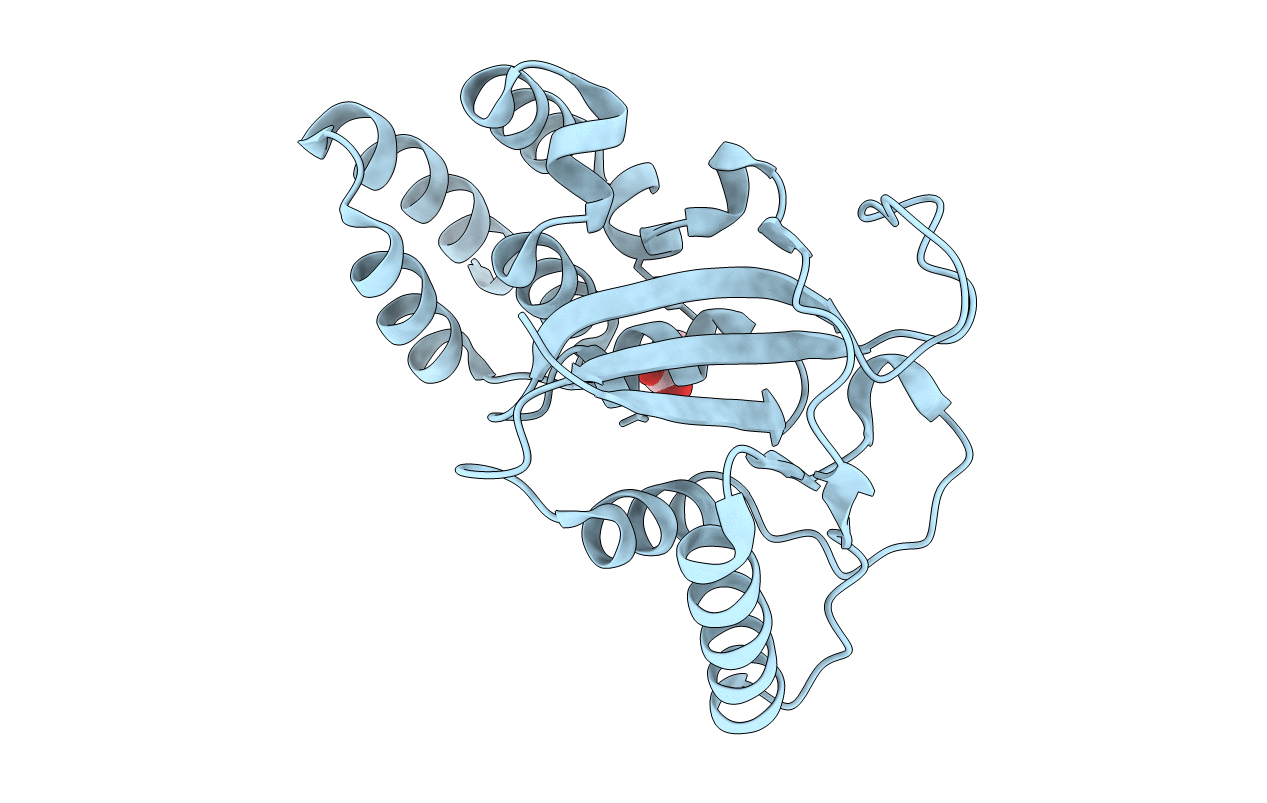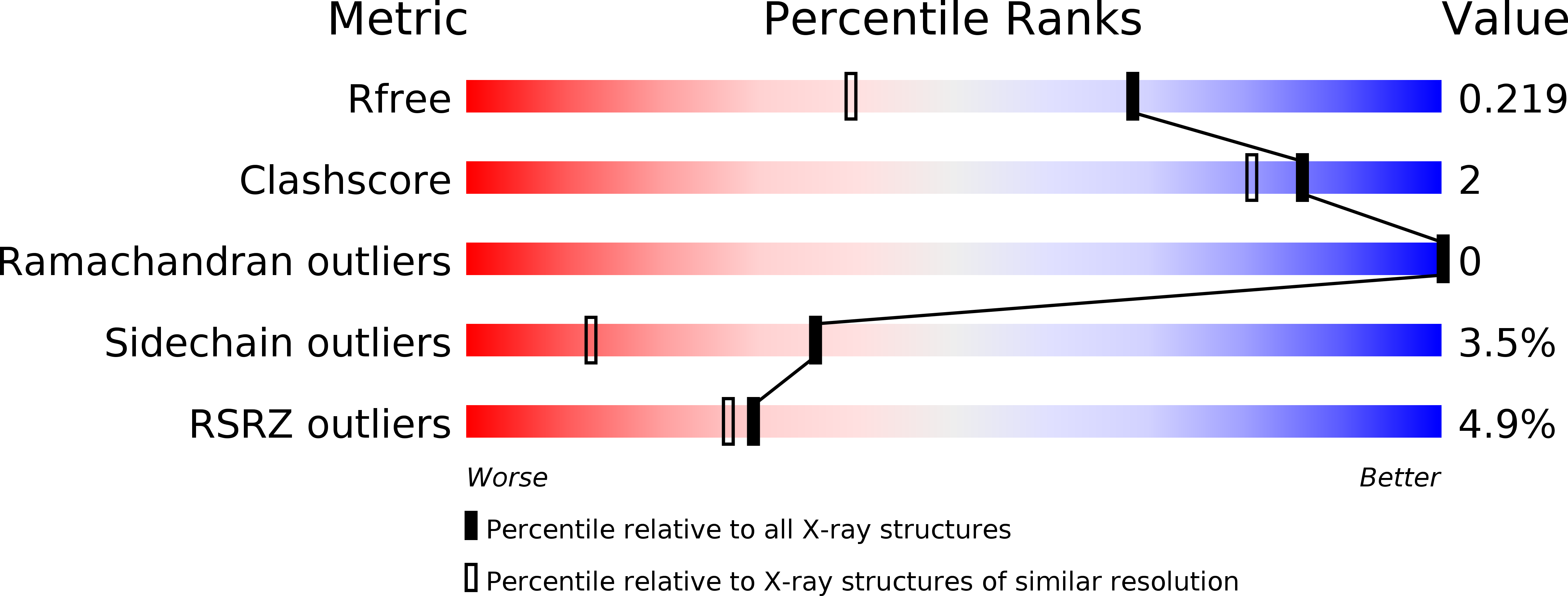
Deposition Date
2013-07-27
Release Date
2014-06-11
Last Version Date
2024-11-20
Entry Detail
PDB ID:
4LWL
Keywords:
Title:
Crystal structure of methionine sulfoxide reductase U16C/E55A from clostridium oremlandii
Biological Source:
Source Organism:
Alkaliphilus oremlandii (Taxon ID: 350688)
Host Organism:
Method Details:
Experimental Method:
Resolution:
1.60 Å
R-Value Free:
0.22
R-Value Work:
0.19
R-Value Observed:
0.19
Space Group:
P 32 2 1


